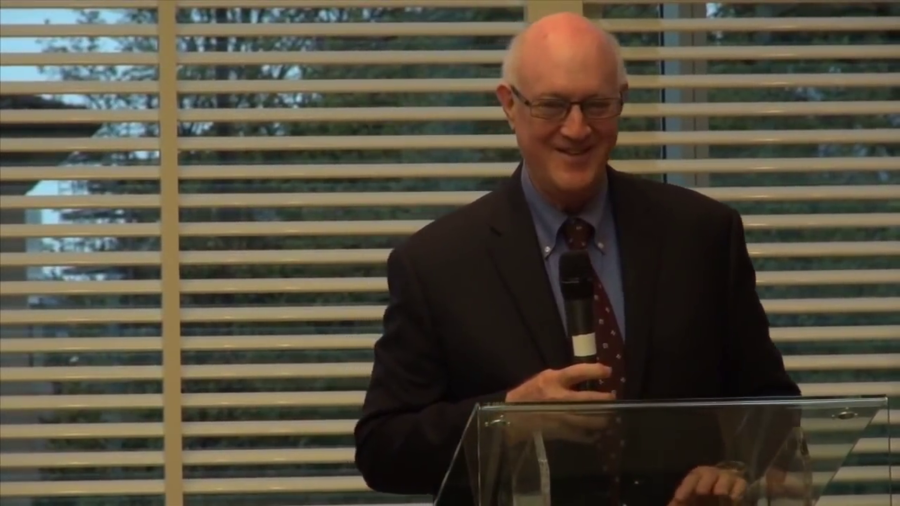So Vint talked about the secrets of what really drove us on the early network. Left out one small detail, we were part of a small group at UCLA in the quite positive and open environment under Len Kleinrock in an environment that was sponsored by Larry Roberts, and it was a very generous environment. And we had to choose a name for the operating system for our network. We checked various things— We had a Sigma 7, we went Sigma 7 Executive, 7 Executive, just SEX. First post on the ARPANET, we put sex on the Internet. It’s documented.
Audience Member: We were younger then, that’s what drove us.
Crocker: We were so much younger then, yes indeed. And not content with that, we had a sign on the door that said when SEX was available. We had a SEX users group, we had a SEX user’s manual. We had the whole thing.
There’s a theme (besides the sex) that has marbled through all of this. Yes there were bits and bandwidth and of all kinds calculations and system designs and so forth. And we were all fairly technical and all of this was very exciting. But it was instantly clear from the very beginning, that there was an overlay on top of all of this, which was the human component. And one of our early slogans was “networks bring people together.” And so in rooms much much smaller than this, with collections of people that fit in half of one row here, we sat around the table and tried to imagine what would happen.
And I’ll interrupt for a second and say—and I get asked, as many of us do, “So did you understand? Could you see? How much of what’s happening now could you envision?” So my standard answer is, “Well, everything’s happening exactly on schedule.”
But more seriously, it’s what we couldn’t see and most important what we knew we couldn’t see. And in it was that knowledge that we could not tell everything that was going to happen, and therefore it was absolutely essential to leave room for the next generation and the next generation and the next generation of people and processes and everything. So we designed both the architecture and the processes surrounding the architecture—the social processes—to be open as opposed to closed. Open architecture, thin layers that were there as a helpmate if you needed them and you could go around them if you wanted to build something else. That was the technical side.
And open publication of design notes that we tried not to take too seriously. And hence the the little linguistic device of calling them Request For Comments, and deliberately making them available absolutely for free around the world, anytime, anybody. And the processes by which people could contribute to that. Anybody could contribute, no restrictions. And that tradition has progressed essentially unbroken for the entire forty-plus year period, and we now have the Internet Engineering Task Force. Try to find what the admission criteria is. Try to find what the enfranchisement criteria is, and it’s hard to understand. There’s no voting, there’s no membership, there’s no fees. You gotta pay for the cookies when you come.
But it’s completely open. In ’94, I made my first trip to India and I gave a talk at the Indian Institute of Science in Bangalore. And I was introduced to a graduate student who was building some interesting software. And he told me all about it, and it was indeed a fairly complex project. And I was impressed that he was able to put together so much technology, and I said well, “How did you do that?” He said, “Well, I just read the RFCs. I downloaded them, read them, and implemented…” And it really choked me up, as it’s doing a little bit now. It’s that process, which we were just frankly fortunate to be at the right place at the right time. And it’s been one hell of a ride. Thank you.
